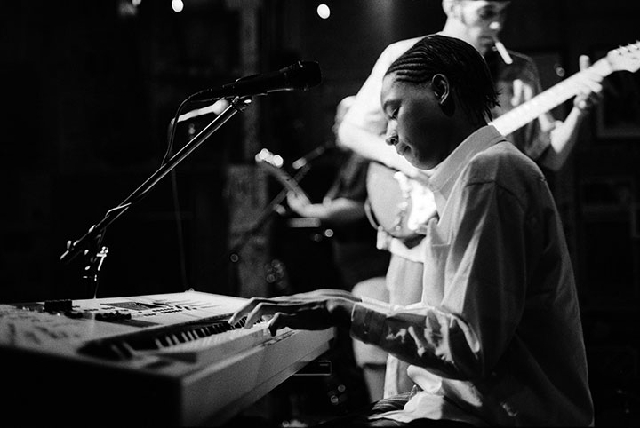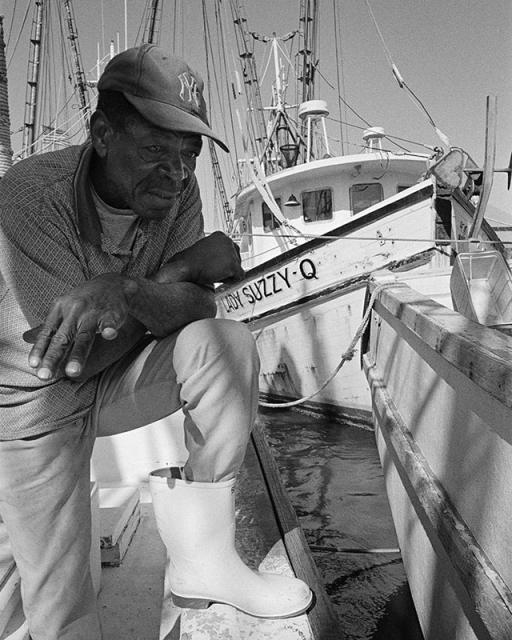ferider
Veteran
Never - to make it easier when using planes. 400 ASA and a 1.4 lens works almost for everything.
I am going backpacking around Egypt for close to 3 weeks around Nov/Dec.
(BTW i hope to develop my FIRST film in a few weeks time!!!
<snip>
I completely agree about standardizing on ISO 400 for daylight shooting rather than also taking 100/125 for bright sun, because of the far greater flexibility. <snip>


When is iso 400 not fast enough? Very seldom if you understand how to meter / expose and know how your film really works. Most times you can just read the built in meter and let the film latitude bail you out. Sometimes, you have to think to get everything available from your film / development.
As someone who lives in Tel-Aviv (although I've been relocated temporarily to horrible, horrible, horrible Geneva) - if you're taking two cameras to the middle east, make a day/night distinction. The light is VERY bright (even in winter) - I don't shoot more than 160ISO during the day unless I'm happy with endless dof - and even then, I make sure it's NOT contrasty film. Tends to be: Fuji 160S/Kodak Portra 160NC if colour or Delta 100 for b+w.
For night, well, your choices are open (darkness is darkness anywhere in the world!) - Neopan 1600 and a fast lense should do you well...
Good to know!!
Bob, may i ask what was the aperture used for the 'club' shot?? 1.2? 1.4?
Bob: Thanks for the info/tip!!! Learn something new today 😉
Ah, sorry. But if I misunderstood, someone else probably did, too, so it's as well the misunderstanding is removed.
Every now and then, Frances will ask me a question I can't answer because I can't recognize it: she'll use a word which is perfectly correct, but which it would never occur to me to use to describe the object/subject under discussion. A couple of days ago, she doubled it by adding an adjective which was, once again, perfectly appropriate, but which it would never have occurred to me to use. I forget what the example was, but we were both mightily confused.
Cheers,
R.
Mr. Hicks, I certainly can understand your plight, but perhaps for different reasons. My wife is Korean. She still seems to think in Korean even when speaking in English. Korean is an inflected language. It can get interesting.

